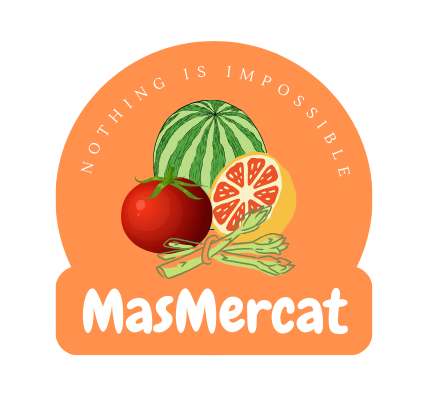This past winter, we had the wonderful opportunity to experience life in the Aragonese countryside. Alongside seasoned farmers, we witnessed the fascinating process of truffle harvesting. It was a day full of adventure—through ravines, dirt roads, herds of livestock, snow, and of course, breathtaking views of the mountains straddling the border between the Valencian Community and Aragon. A memory that inspired us to write and share this article with you.
Guided by our bold and knowledgeable friends, we stepped into a world entirely new to us, eager to see how these elusive fungi would reveal themselves. But none of it would have been possible without the star of the day—our truffle-hunting companion with a keen and well-trained nose.
Her name was Luna, a clever little dog who reigned supreme when it came to sniffing out delicious truffles. She surprised us several times with her skill. That said, once she realized the hunt was over, she cheekily tried to convince us there were more truffles, just to earn another reward. Luckily, her owner knew her tricks, and we wrapped up the search.
That day we found several truffles—one the size of a fist! It was exciting to watch Luna point with her paw to the exact spot, where we then carefully dug beneath a tree known to be a common host for truffles. With patience and determination, we uncovered the precious delicacy hiding underground.
To learn more, and guided by experts, we dove into the mysterious world of subterranean fungi, where the truffle shines like no other. Known as the black diamond of the kitchen, this exquisite delicacy has captivated palates for centuries and remains a symbol of sophistication and flavor in haute cuisine. But where does it come from? What makes it so special? And how can you add it to your diet? We’ll tell you everything.
How Did Truffles Make It to Our Tables?
Truffles have a history that spans thousands of years. In Ancient Greece and Rome, they were already prized for their flavor and supposed aphrodisiac qualities. Philosophers like Theophrastus and Pliny the Elder wrote about them, fascinated by their mysterious underground growth and intoxicating aroma.
However, it was in medieval and Renaissance Europe that truffles gained prestige among the nobility. France, Italy, and Spain became key players in truffle cultivation and remain global leaders in production and export to this day.
Leading Producers Around the World
Europe is, without a doubt, the birthplace of truffles. The top-producing countries include:
– France: Especially in regions like Périgord and Provence, known for cultivating the prized Tuber melanosporum, or black winter truffle.
– Italy: Home to the renowned Tuber magnatum, or white truffle from Alba in Piedmont—considered the most aromatic and valuable in the world.
– Spain: Aragon, Soria, and Catalonia are key areas for black truffle production, with remarkable growth in recent years.
Globally, countries like Australia, Chile, and the United States have begun developing truffle plantations, although they still trail behind the prestige of European producers.
Nutrients and Health Benefits
Though truffles are consumed in small amounts, their nutritional profile is noteworthy. Key components include:
– Proteins: Containing essential amino acids
– Fiber: Aids digestion and supports gut health
– Minerals: A good source of iron, magnesium, calcium, and phosphorus
– Natural antioxidants: Help fight cellular aging
– Low in calories and fat: Ideal for balanced diets
Some studies even suggest that their volatile compounds may offer antimicrobial and anti-inflammatory effects.
How to Enjoy It: Flavor in Every Slice
Truffles aren’t cooked like regular mushrooms. Their aroma intensifies with heat but is highly sensitive to overcooking. The key is to shave them thinly over hot dishes, allowing the warmth to release their fragrance without damaging their flavor.
Some popular ways to enjoy truffles:
– Over fresh pasta, with butter and parmesan
– In scrambled or fried eggs for a gourmet touch
– In risottos or creamy soups
– As a topping on carpaccios or meat dishes
– In infused oils to add flavor to toast, cheeses, or salads
Have You Tried It Yet?
Black truffle season runs from November to March. If you haven’t yet made it part of your menu, don’t hesitate to experience this flavor that enhances and transforms any dish into a true sensory experience.
We’re excited to bring you the best from the earth. That’s why we invite you to discover and enjoy truffles in your favorite recipes.
Want to learn more about truffles or other exquisite products? We’re here to help! Just ask—we’d love to assist you. Your next culinary inspiration might be closer than you think.
Discover our products with just one click.
